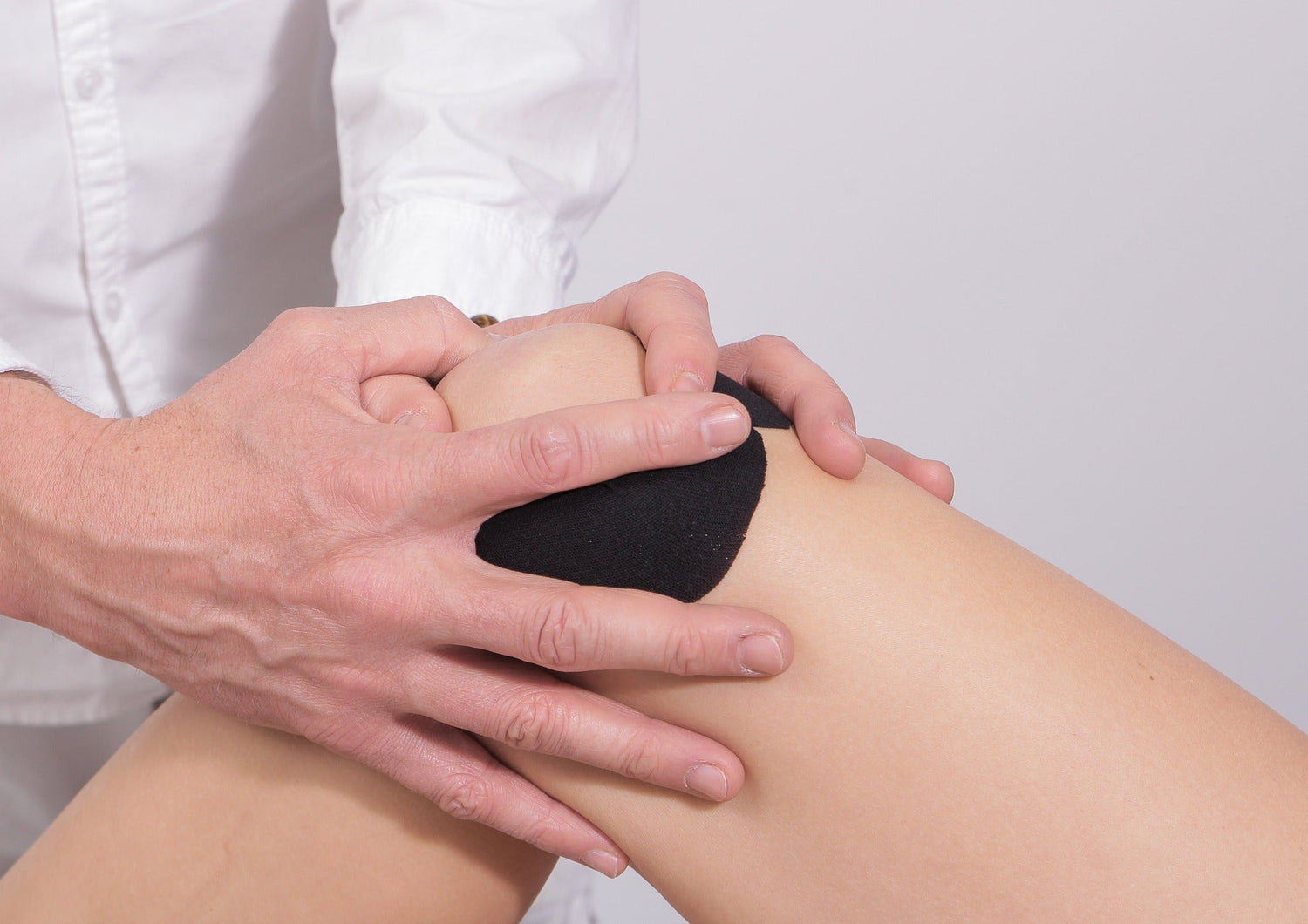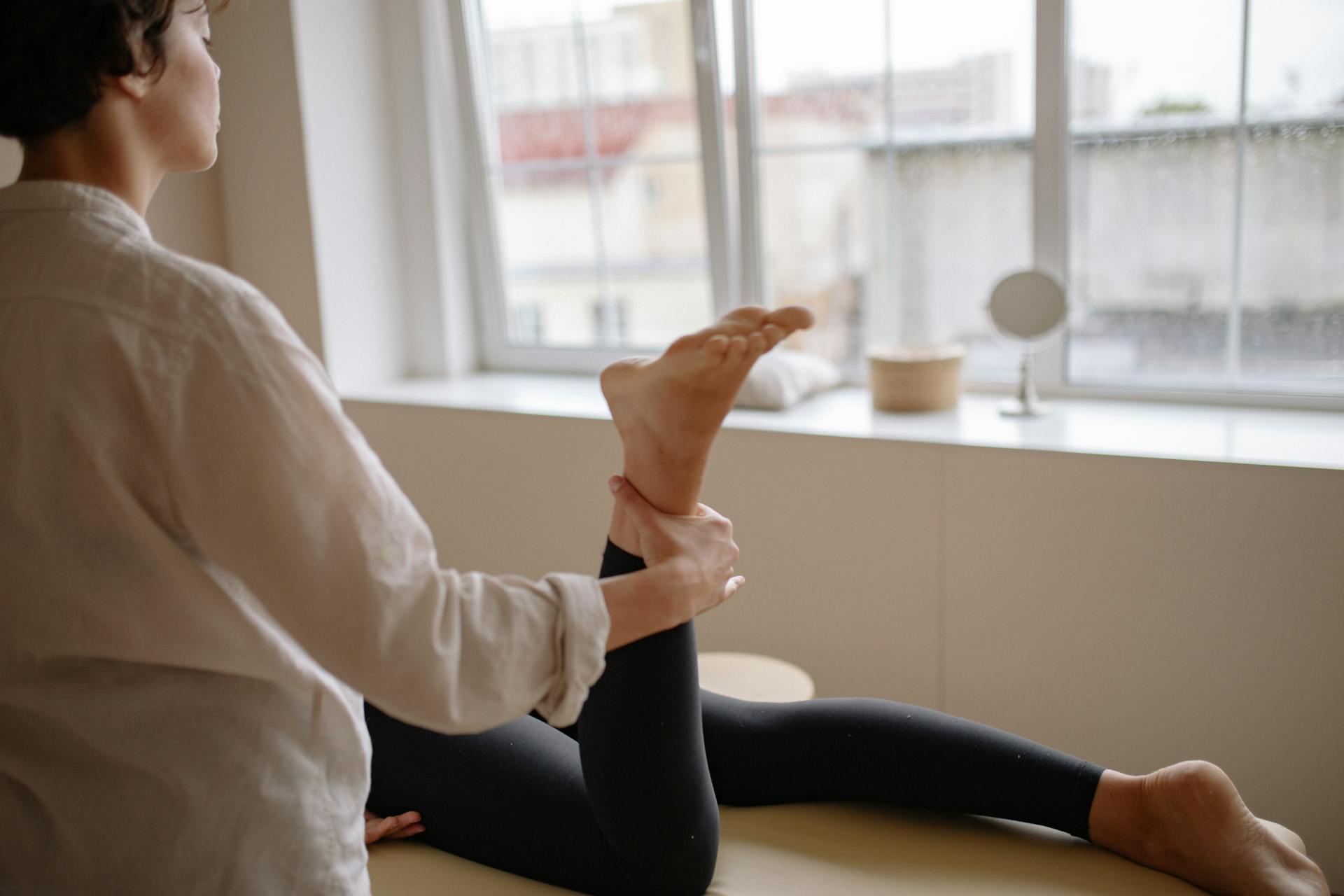Your knees are busy joints, bearing the brunt of all the steps, jumps, and lunges you take on a daily basis. And for this reason, knee pain is extremely common. According to a 2018 article in American Family Physicians, knee pain affects 25% of adults and is responsible for 4 million doctor’s visits per year.
Knee braces, exercises, and medical treatments are some standard go-to solutions for achy knees. But if you’ve been exploring other remedies, you may be wondering how to massage knee pain (and if there’s any science behind its benefits.)
Below, learn about some common sources of knee pain, as well as four knee massage methods that can bring you some relief.
Understanding the Causes of Knee Pain
Because knees are such hard-working and complex joints, there are many factors that can cause them to feel tender or achy.
According to Johns Hopkins Medicine, knee pain is most often caused by:
- Osteoarthritis
- Wear and tear as you age
- Injury or repeated stress on the knee
- Issues with the cartilage, tendons, or ligaments
How to Massage Knee Pain: 4 Best Ways
Research shows that massage may help alleviate pain and stiffness in the knee. With this in mind, the techniques below may help you find some relief.
Disclaimer: While massage is often helpful, it can sometimes aggravate certain medical conditions. Be sure to check with a healthcare professional before trying massage for knee pain.
1. Self-Massaging Above and Below the Knee
When your leg muscles are strong and tension-free, you can better support your knee joint as a whole. For this reason, massaging your quadriceps and calves may help you alleviate pain.
Here’s a simple self-massage to try today:
- Start by warming up the leg with long, gentle strokes from your thigh to your calf. (You can add massage oil here to make gliding across your skin easier.)
- Then, use your hands to knead your quadriceps. Continue to massage down to the knee joint and back, focusing on any areas that feel especially tight. Be sure to massage the inner and outer thigh as well.
- Finally, spend some time kneading around the kneecap (aka your patella.) Focus on the surrounding tissue rather than the bone itself.
- Massage for a total of 5 to 15 minutes, or however long feels good to you.
2. Using a Body Massager on the Knee
Using a body massager like the MedMassager Body Massager Plus, you can gently work the tension out of the tissue surrounding your knee.
- First, find a comfortable place to sit. Then, turn the massager to a low setting.
- Apply the massager to your knee area, using rhythmic, circular motions to work on any tense spots.
- After a few minutes, move the massager to your thigh muscles.
- Repeat these steps for 5 to 15 minutes per session, up to several times per day.
3. Cross-Friction Massage
Another massage technique that can help relieve certain types of knee pain is called cross-friction massage. Therapists often use cross-friction massage near the patellar tendon, which is located right underneath your kneecap.
Before getting started, make sure to gently massage your leg muscles first. This way, you can work out the tension around your knee before using more targeted pressure.
Then:
- Sit in a comfortable spot with your leg fully extended in front of you.
- Use one hand to press down on the area above your knee gently. This slants your patella slightly, allowing you to more easily access the patellar tendon.
- Cross your pointer finger below your middle finger. Then, use medium pressure to massage side to side across the area just below your kneecap. (Pro tip: Make sure your fingers are moving with the skin, and not sliding across it.)
- Repeat for up to five minutes.
4. Visiting a Licensed Massage Therapist or Physical Therapist
Booking a weekly appointment with a massage therapist is an excellent way to find knee pain relief. Trained massage professionals have experience helping people with all types of joint and muscular issues — and this knowledge can help them support you.
With complex, severe, or persistent knee pain, you may also need to work with a physical therapist, who can use medical best practices to help you strengthen and restore the area.
How to Massage Knee Pain: The Bottom Line
If you’re like many people, you’re no stranger to knee pain. Your knees are important joints that absorb almost all the shock any time you run, jump, or step. And even if you aren’t an athlete, all that use can take a toll on your cartilage and other soft tissue over the years.
Fortunately, the benefits of massage make it a soothing remedy for knee pain. Some ways to try it include:
- Self-massaging the surrounding muscles, like the quadriceps, glutes, hamstrings, and calves
- Trying a body massager for therapeutic relief
- Using cross-friction massage around the patella
- Vising a licensed masseuse and/or physical therapist
For therapeutic massage daily, you may find it worthwhile to try a body massager like the MedMassager Body Massager Plus. Learn more about how to use it for knee pain, or visit this page to pick one up today.


